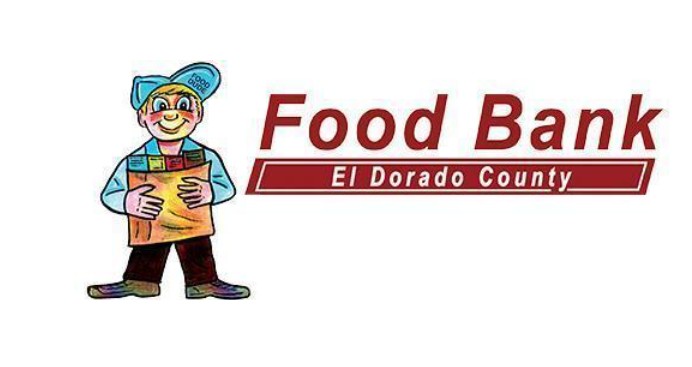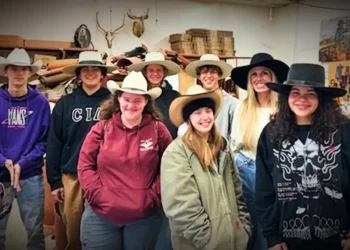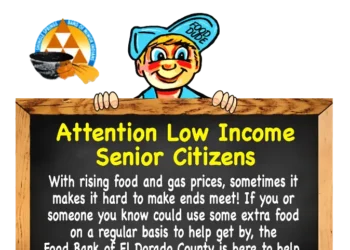By Cris Alarcon (Jan 17, 2025)
CAMERON PARK, CA — The Food Bank of El Dorado County is intensifying its efforts to prevent food waste and support the local community by redirecting surplus edible food to those in need and minimizing landfill contributions.
Founder Mike Sproull highlighted the organization’s collaboration with local retailers to collect excess food. “The Food Bank of El Dorado County works to gather excess foods from local retailers,” he stated. “Some of the food is salvageable and some is not.” Salvageable items are distributed through the food bank’s various programs, while unsalvageable items are provided to local livestock farmers, “ultimately keeping this excess food out of the landfill.”
For food unsuitable for both human consumption and animal feed, the food bank utilizes El Dorado Disposal’s organic waste services. Sproull explained, “If any food that comes in does not meet the standards of those two outlets, it is placed in the El Dorado Disposal organic waste dumpster which is picked up on a regular basis.” He added, “Being part of the community, we do our best to help out when and where we can.”
These initiatives align with California’s Senate Bill 1383, which mandates a 50% reduction in organic waste disposal by 2020 and 75% by 2025, as well as the recovery of at least 20% of currently disposed surplus edible food by 2025.
El Dorado County is developing an edible food recovery program to assist local businesses in managing surplus food, ensuring it reaches food banks and similar organizations.
Community members are encouraged to contribute to these efforts. The Food Bank accepts both perishable and non-perishable food donations, which can be delivered to their Cameron Park location.
By diverting usable food from landfills, the Food Bank of El Dorado County not only addresses food insecurity but also contributes to environmental sustainability. Residents are invited to participate in these initiatives to foster a more resilient community.
How do you think local businesses and individuals can further support these food recovery efforts? Share your thoughts in the comments below.









